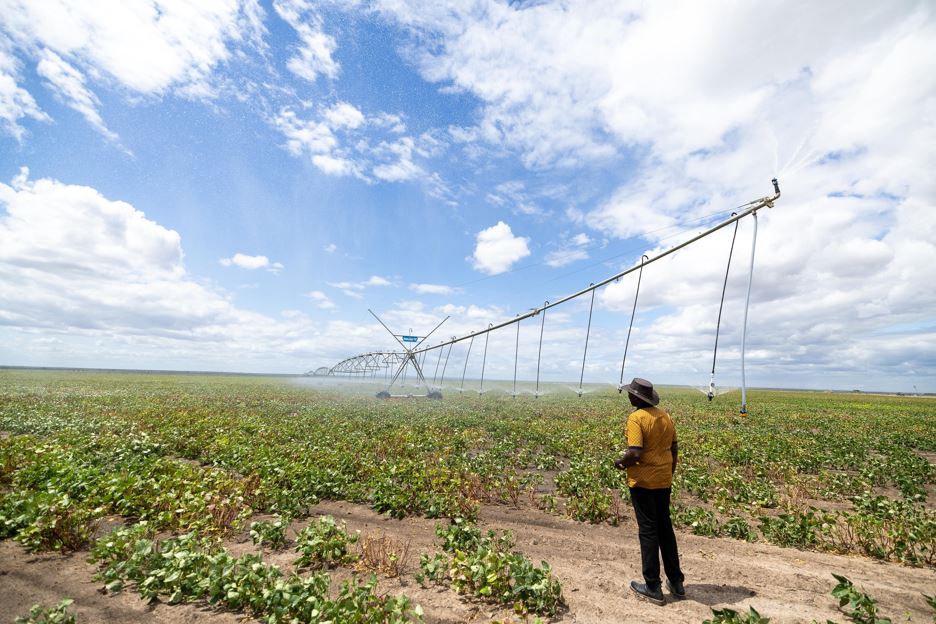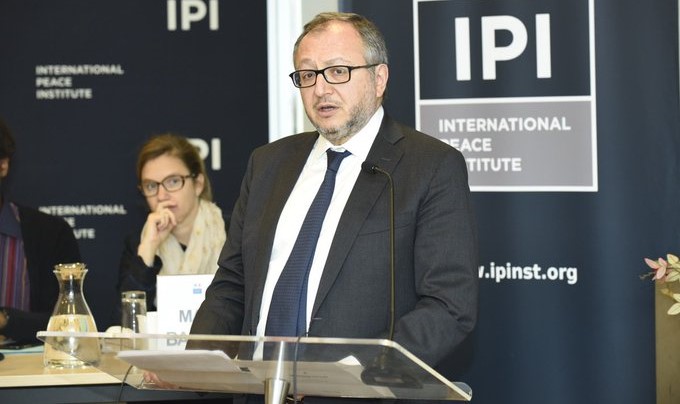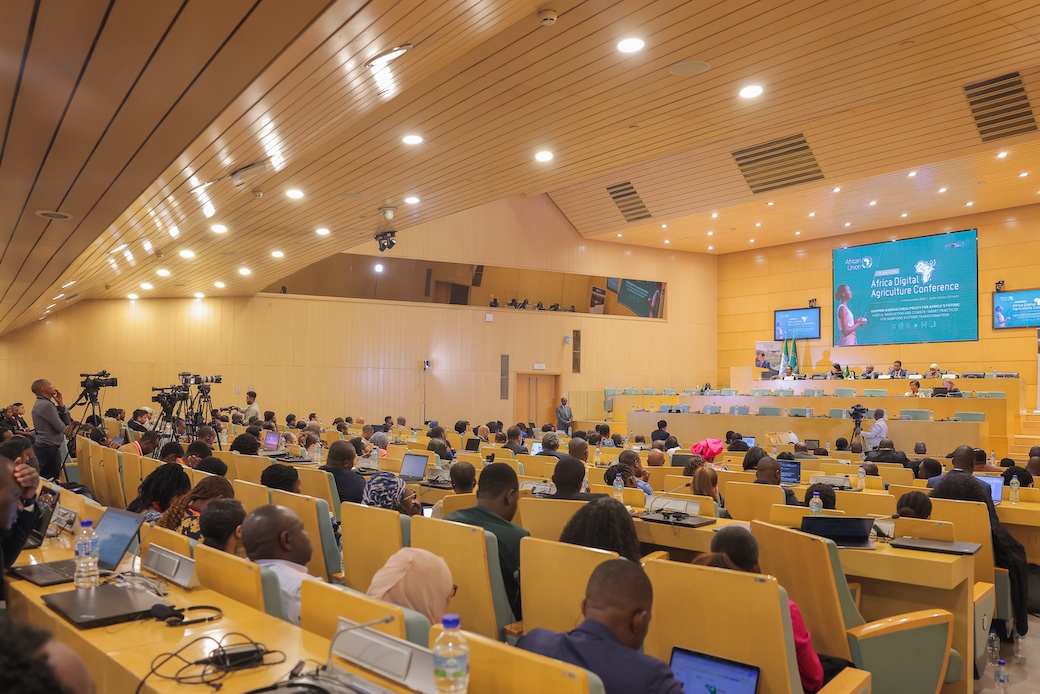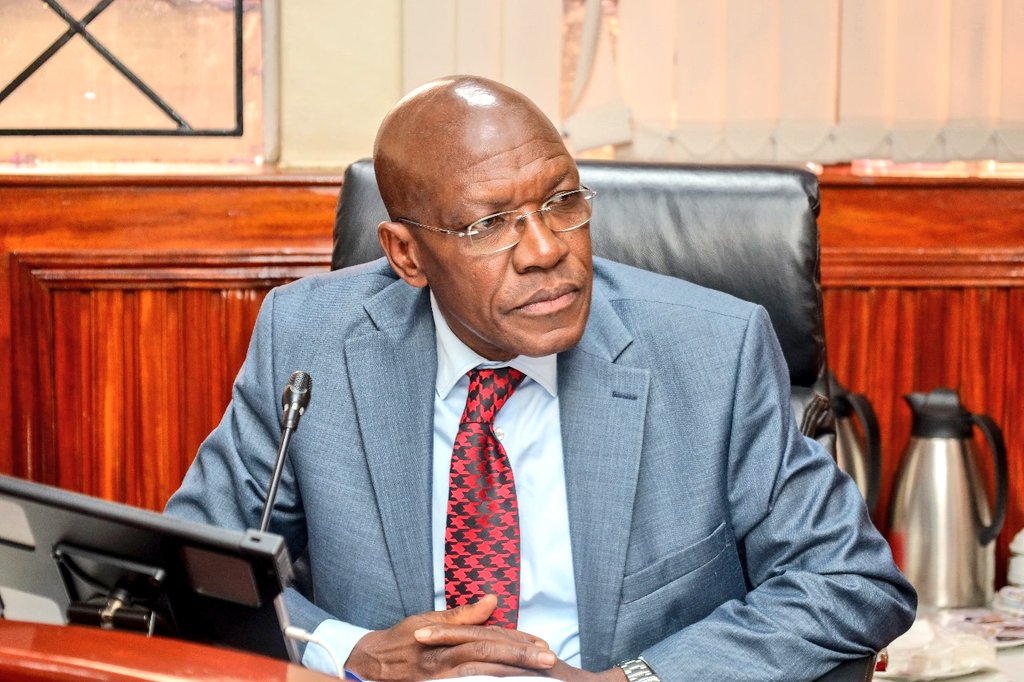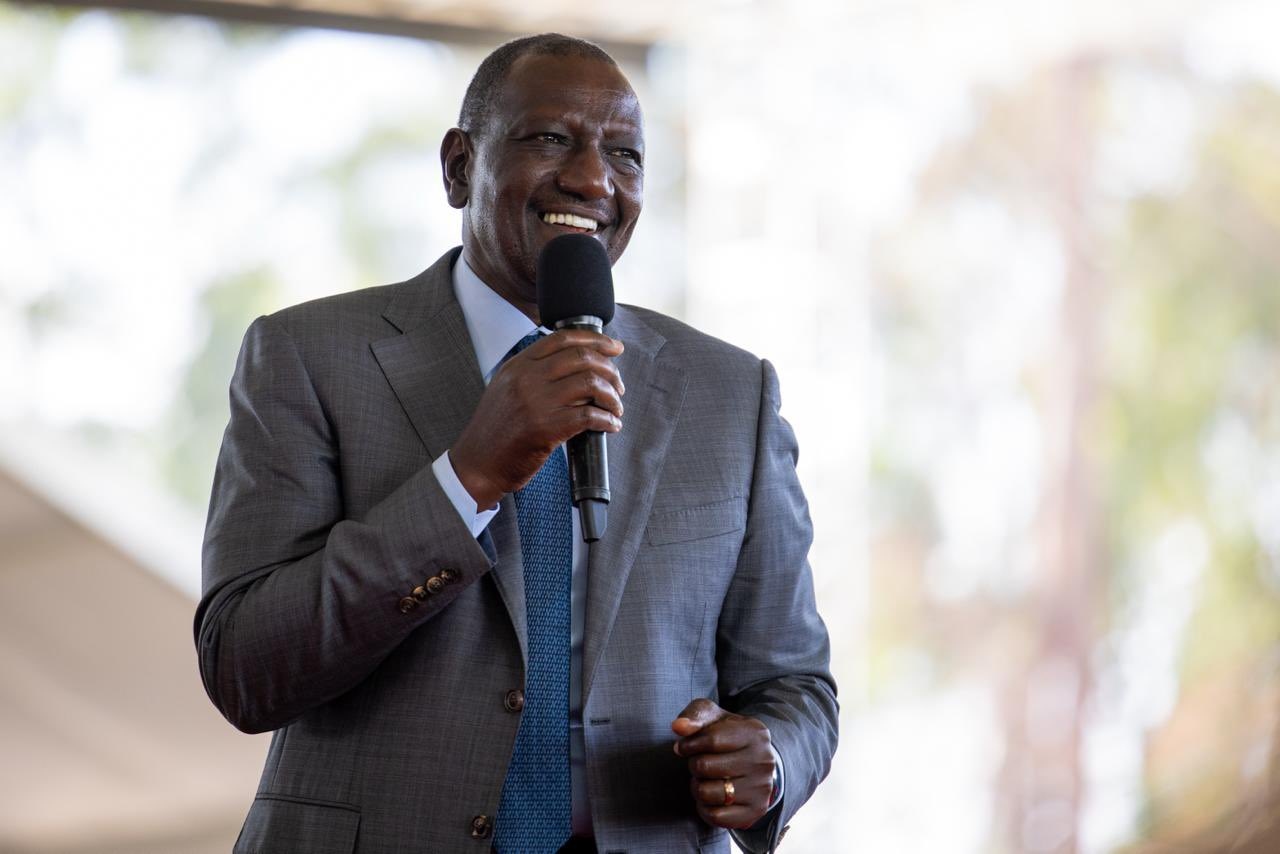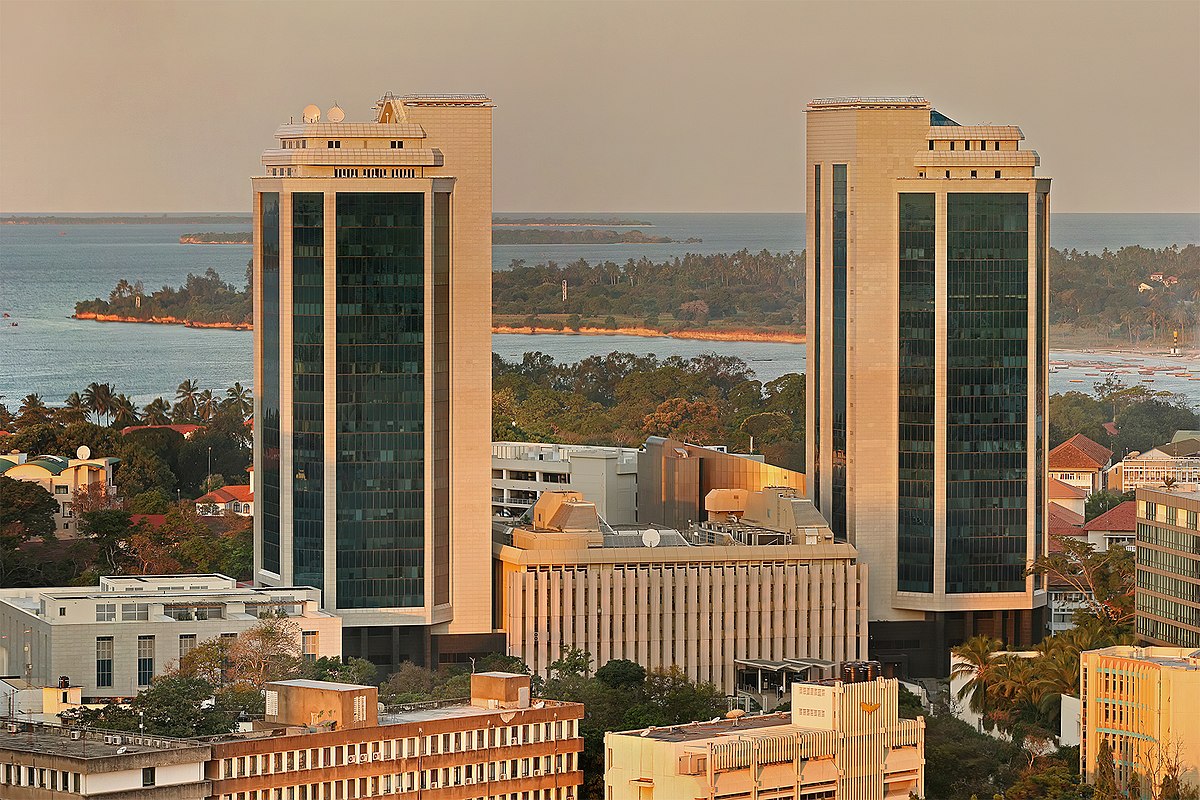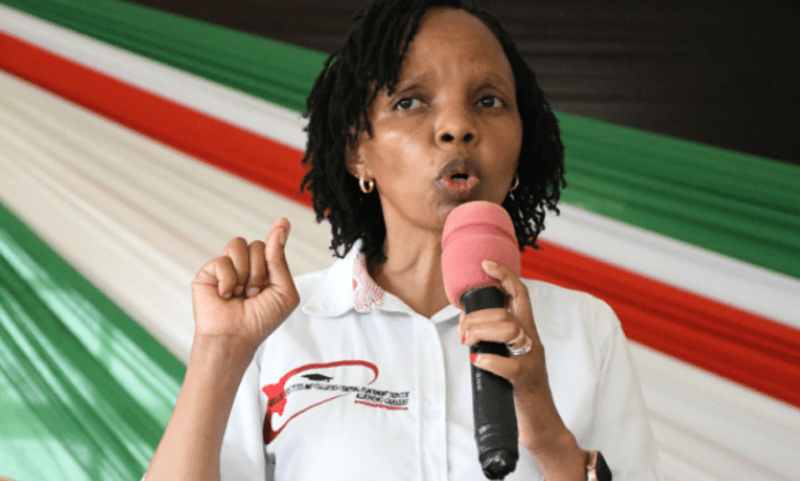Kenyan shilling, Africa’s best-performing currency in 2024 - World Bank
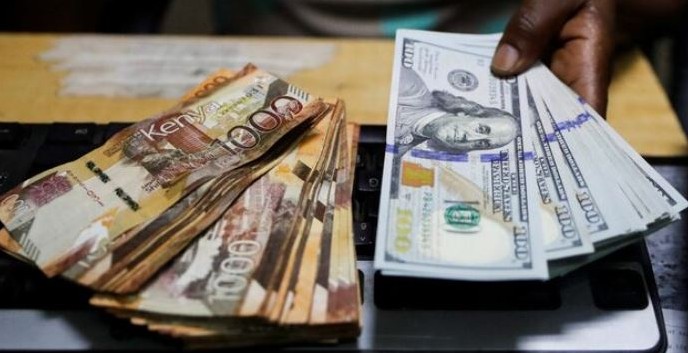
The local currency appreciated by 20 per cent against the global benchmark, the US Dollar, over the year, marking the highest gain across the region.
The Kenyan Shilling outperformed its continental counterparts to become the best-performing currency in Africa in 2024, according to the latest edition of the World Bank’s Africa Pulse report.
The local currency appreciated by 20 per cent against the global benchmark, the US Dollar, over the year, marking the highest gain across the region.
More To Read
- Kenya ranked Africa’s most competitive economy in International Institute for Management Development 2025 Index
- Ruto: Under my reign the cost of living, inflation has gone down
- Kenya’s development agenda gets lift with UBA’s Sh19.4 billion infrastructure investment
- Treasury CS Mbadi reaffirms Kenyan shilling stability, rejects claims of currency manipulation
- Ruto unveils Sh4 trillion development plan to propel Kenya to first-world status
- Construction sector seen as Kenya’s weakest job creator in 2025, CBK survey shows
World Bank credits the strong performance to less restrictive financial conditions and the realisation of benefits from foreign exchange market reforms during the year.
Experts in the country have also pegged the Shilling’s strong performance so far this year to a combination of improved macroeconomic management, a rebound in investor confidence and consistent foreign inflows.
Compared to some of the continent’s powerhouses, the lender says the South African rand, for instance, and currencies that are pegged to the rand, fluctuated slightly in 2024, and so far in 2025.
“The weakest performing currencies over the past year were the South Sudanese pound, the Ethiopian birr, and the Nigerian naira, with reductions in value that exceeded 40 per cent in 2024,” the World Bank said.
As 2025 unfolds, the lender further notes that the Kenyan Shilling has maintained its momentum, showing relative stability despite the prevailing global economic pressures.
An analysis of data from the Central Bank of Kenya shows the Kenyan Shilling closed the first quarter of 2025 on a strong footing, marking a significant turnaround with a 14 per cent year-on-year gain against the greenback.
It averaged an exchange rate of 129.34 to the dollar, a 13.6 per cent gain from the same quarter in 2024, when it averaged 149.74.
Economic implications
The appreciation often has several implications for Kenya's economy. For instance, the effect of reduced importation costs often trickles down to consumers, as Kenya remains a net importer.
As a result, prices of food and non-food commodities have been on the decline, bringing down the level of inflation.
The country’s inflation levels started retreating a few months ago, reaching 3.6 per cent in March, below the midpoint of the target range of 5±2.5 per cent.
Regionally, the lender says monthly data on the cost of living show the sharp progress in disinflation experienced by African countries.
“From its highest median rate of 9.8 per cent year-on-year in November 2022, the rate of inflation decelerated to 4.2 per cent year-on-year in January 2025,” the lender’s report reads in part.
However, it says the variability of inflation rates across countries in the region remained elevated, with an interquartile range, a statistical measure of variability, rising from six percentage points in November 2022 to 10 percentage points in January 2025.
This indicates that the gap between the highest and lowest inflation rates across countries in the region has widened, suggesting more disparity in how inflation is affecting different nations.
Notably, the World Bank highlights that the disinflation process is being supported not only by tighter monetary policy but also by the increased stability of African currencies.
Top Stories Today


